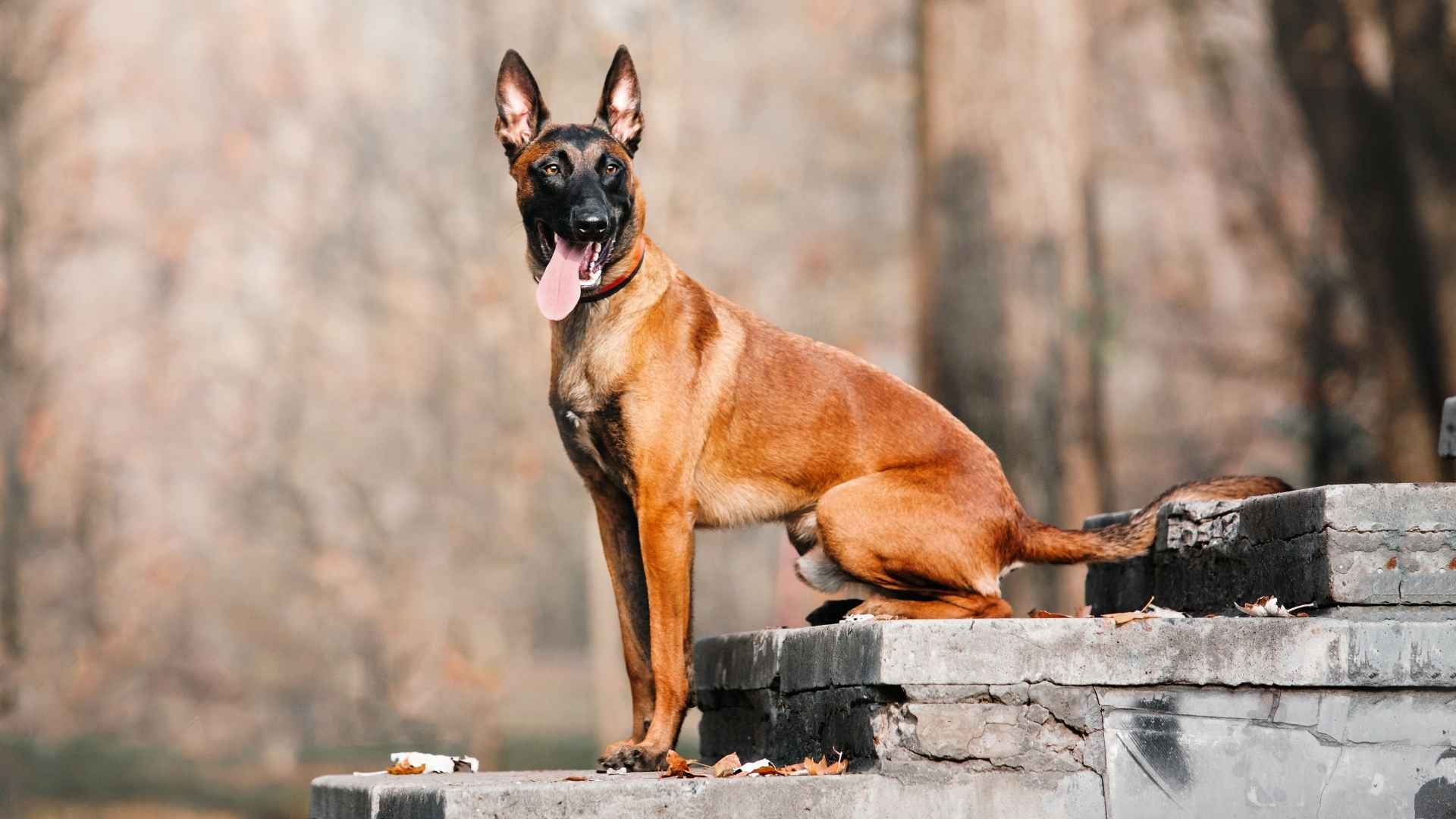When discussing the most brutal dog breeds that stand their ground, startling numbers reveal just how serious this topic can be. According to the study, in the U.S. alone, an estimated 4.5 to 4.7 million people are bitten by dogs every year, with children under 12 accounting for nearly half of these incidents.
Those statistics set the stage: while most dogs don’t cause fatal incidents, a small subset historically contributes to a disproportionate number of severe or deadly encounters. Here’s the thing: when owners, training style, early socialization, and environment fall short, even dogs of good lineage can turn aggressive.
The ASPCA notes that breed-targeted legislation often misses the mark—aggression is rarely just genetics, and broader factors are typically at play. What this means is that while the fear factor around “brutal” or “dangerous” breeds grabs attention, it obscures a more nuanced truth: behavior reflects more than heritage.
Most Brutal Dog Breeds That Stand Their Ground
Here are the 7 most dangerous dog breeds:
1. German Shepherd
Respected worldwide for their sharp minds and steadfast bravery, German Shepherds have earned their place among the most brutal dog breeds that stand their ground. Their ability to assess tense situations quickly, paired with unwavering loyalty, makes them indispensable in law enforcement, military work, and high-stress environments. This breed isn’t just reactive—they’re strategic, steady, and wired for protection.
German Shepherds also represent one of the most versatile dog breeds in the world, transitioning seamlessly between roles of guardian, guide, and companion.
What Sets Them Apart
Naturally alert and instinctively protective—ideal for guard dogs or search and rescue.
Powerful yet precise: built for speed, strength, and endurance.
Extremely intelligent—ranked among the top breeds for obedience and problem-solving.
Trusted in critical service roles: from military K9s to seeing-eye dogs.
Strong emotional connection with dog owners, especially when raised from a young age.
Unique Trait: Adaptive Intelligence
What truly separates the German Shepherd is its adaptive intelligence. These dogs can read human body language, adjust their behavior in dynamic situations, and even sense emotional shifts—skills that are difficult to train but often innate in the breed.
2. Rottweiler
As one of the most dangerous dog breeds, the Rottweiler commands attention with its sheer presence. This breed doesn’t bark for attention—it acts with precision when it senses a threat. Their physical power is matched by a deep-rooted instinct to protect their territory and loved ones.
Whether standing guard at home or acting as a working partner, Rottweilers are built to hold their ground without blinking. Fear doesn’t rattle them, and hesitation doesn’t exist in their world.
More than just brute force, Rottweilers bring discernment to the job—calm under pressure, watchful without being reckless.
What Sets Them Apart
Descended from Roman fighting dog lines—strength is in their bloodline.
Naturally territorial and alert, they excel at evaluating strangers from a distance.
Strong, muscular frame with a bite force that ranks among the highest of any domestic dog.
Deep emotional loyalty—known to become extremely bonded to families.
Not easily provoked but quick to act when a true threat arises.
Unique Trait: Controlled Confidence
According to the American Kennel Club (AKC), a well-bred Rottweiler doesn’t look for conflict—it waits, watches, and acts only when necessary. This controlled confidence makes them excellent home protection dogs, capable of distinguishing real danger from everyday interactions. That balance of power and restraint is what makes them so respected—and feared.
3. Doberman Pinscher
Among the most aggressive dogs when it comes to defense and territorial instinct, the Doberman Pinscher stands tall with a unique blend of intelligence and intensity.
Sleek and fast, these dogs don’t just stand their ground—they own it. Known for their sharp alertness, Dobermans process threats in real time, acting with precision and control. They don’t go looking for trouble, but when it comes, they’re already two steps ahead.
Fearless but not reckless, their focused demeanor and quick reflexes make them highly valued in high-security settings—and deeply trusted by their human companions.
What Sets Them Apart
Developed specifically for personal protection in the late 19th century, originally bred by a tax collector needing both strength and smarts.
According to Britannica, they are quick, agile, and built for speed—one of the fastest large breeds in short bursts.
Loyal to a fault—forms deep bonds with their owners and can be highly intuitive.
Keen awareness of surroundings—they pick up on subtle cues and respond with precision.
Excel in structured environments that emphasize obedience and dog training.
Unique Trait: Tactical Instinct
The Doberman’s most remarkable trait is its ability to make split-second decisions under pressure. While many aggressive breeds rely on brute strength, the Doberman’s response is measured and strategic. That combination of mental acuity and physical ability makes them an elite protector—sleek, intelligent, and always in control.
4. Belgian Malinois
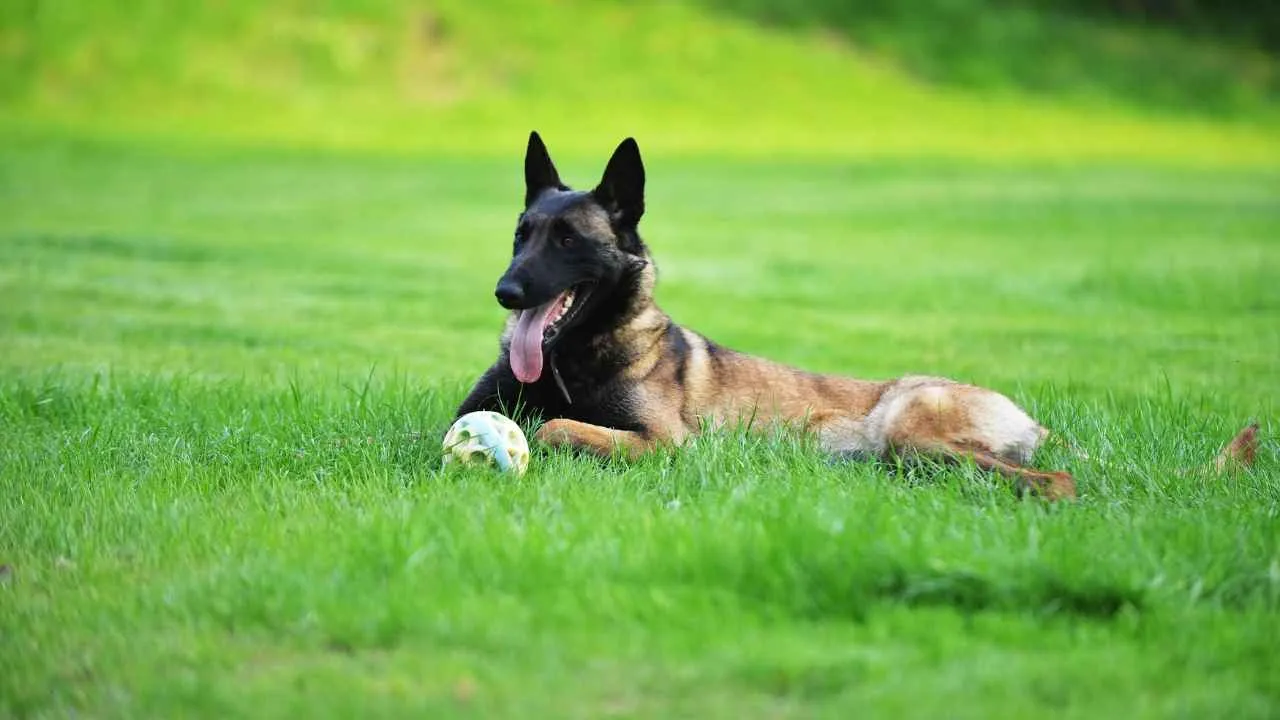
When discussing dogs dangerous enough to face threats head-on, the Belgian Malinois rises to the top with sheer precision and intensity. Agile and alert, this breed doesn’t just react—it anticipates.
Often deployed in the world’s most high-risk operations, from military missions to urban K9 units, Malinois are built for action and thrive under pressure. Their protective instinct runs deep, and they’ll charge through chaos without hesitation to shield those they trust.
The catch? Their brilliance comes with demands—this is a dog that challenges even seasoned handlers.
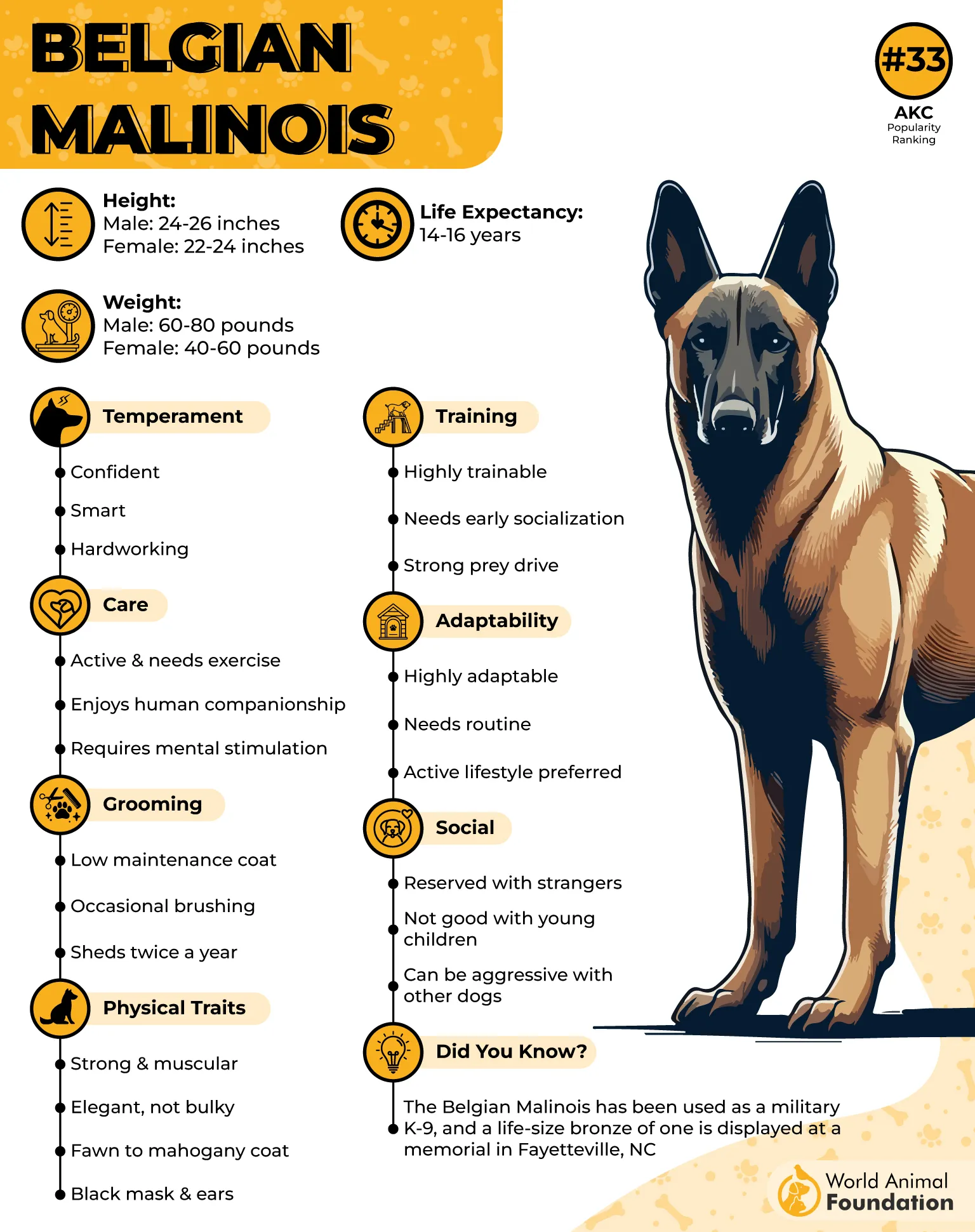
What Sets Them Apart
Used in elite military and police units across the globe for high-intensity field work.
Naturally energetic and focused, making them a top choice for working dogs.
Possesses keen environmental awareness and incredibly fast response times.
Intensely loyal to one or two primary people; forms deep, protective bonds.
Requires firm structure, constant engagement, and early training.
Unique Trait: Nonstop Focus
What separates the Malinois from other large breed protectors is their laser-sharp focus. Once locked into a task—whether herding, guarding, or detecting—they go until it’s done.
That workaholic instinct is part of what makes them formidable, but it also means they demand an experienced handler who can match their energy and discipline.
5. Akita

Among certain breeds that demand respect for both their physical presence and mental composure, the Akita stands tall. These dogs don’t posture or bluff—they act with calm intensity. Known to be reserved yet unflinching, Akitas are among the few breeds that meet danger head-on without losing their cool.
They don’t bark much, but their presence alone is often enough to deter trouble. Bred for strength, stamina, and loyalty, they’re the type of dog that simply doesn’t flinch under pressure.
But don’t mistake their silence for softness—this is a dog that defends what’s theirs with clarity and confidence.
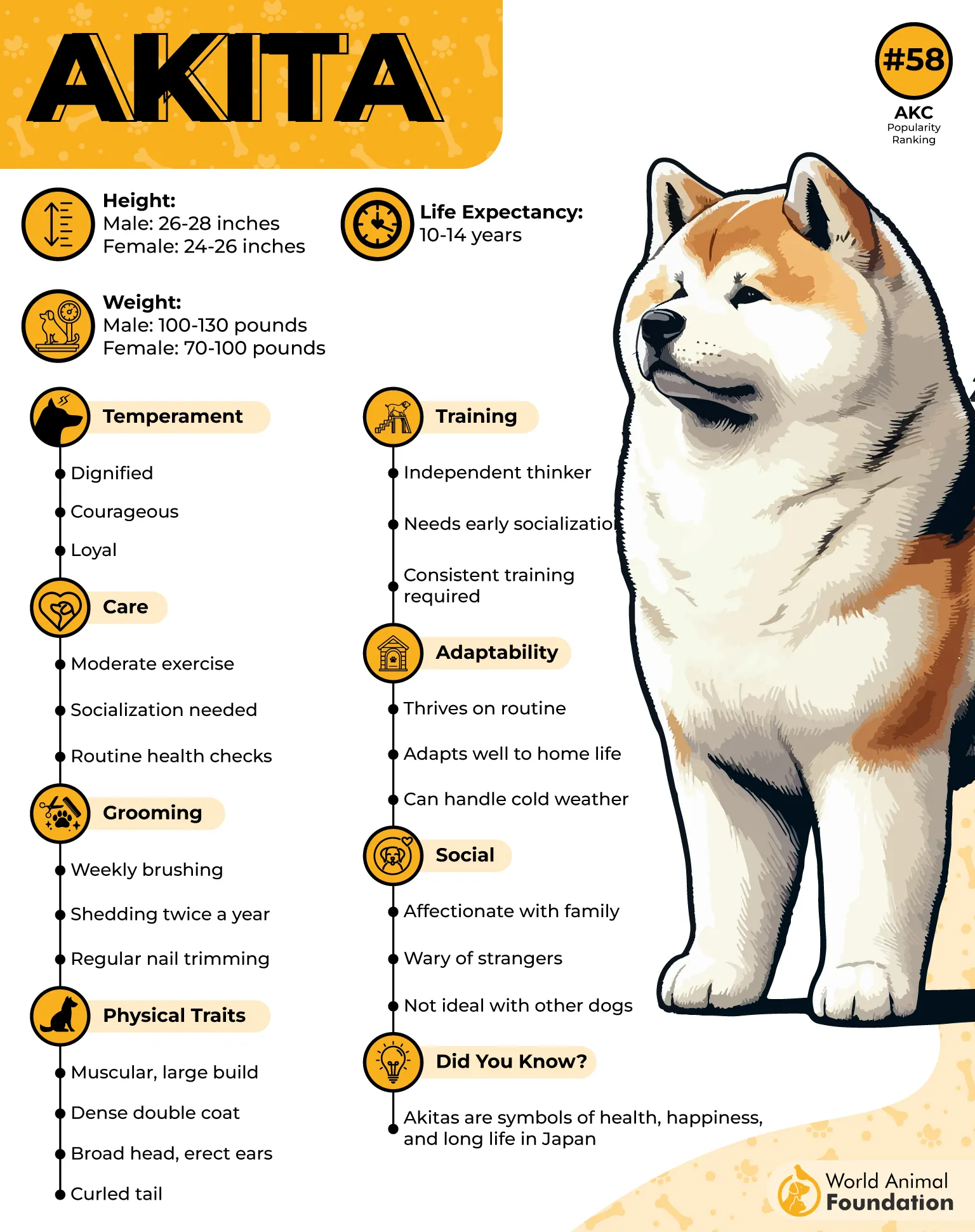
What Sets Them Apart
Large, powerful build combined with a composed and confident temperament.
Naturally territorial and suspicious of strangers, especially without proper early exposure.
Fiercely loyal—often bonds deeply with one person or a tight-knit family group.
Excellent for personal protection, but best when properly trained with structure and consistency.
Calm, watchful, and unshakable when placed in threatening situations.
Unique Trait: Noble Independence
What makes Akitas truly remarkable is their noble independence. Unlike more people-pleasing breeds, they don’t look for approval—they look out for their own.
That quiet confidence, paired with deep emotional loyalty, gives them a powerful, almost regal presence. They’re not for everyone, but in the right hands, Akitas are fearless, dignified guardians who live to protect.
6. Rhodesian Ridgeback
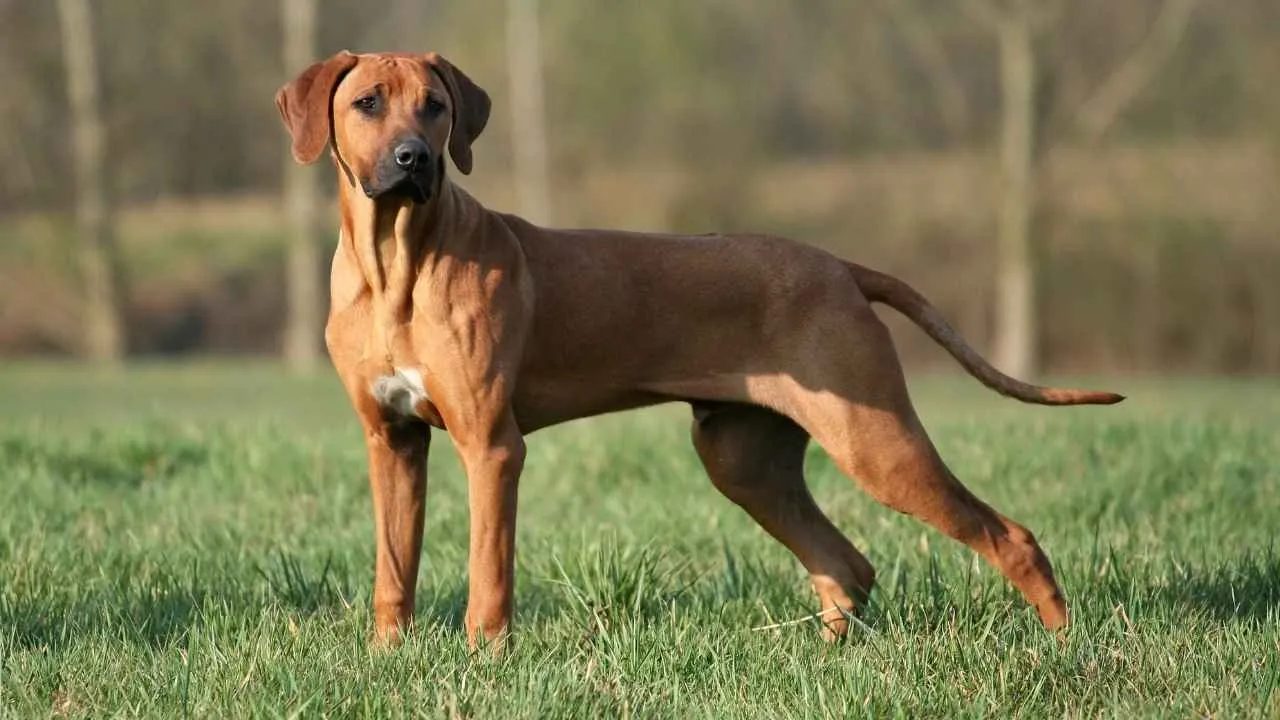
Few breeds have a history as bold as the Rhodesian Ridgeback. Bred to track and corner wild animals—including lions—in the harsh terrains of southern Africa, these dogs weren’t just survivors; they were strategic hunters.
That legacy lives on in their DNA today. Ridgebacks don’t bark without reason. They assess, act, and defend with a steady intensity. These are powerful dogs that bring both grit and grace to the role of protector.
Their bravery isn’t loud—it’s deliberate. And once they decide something is a threat, they won’t back down.
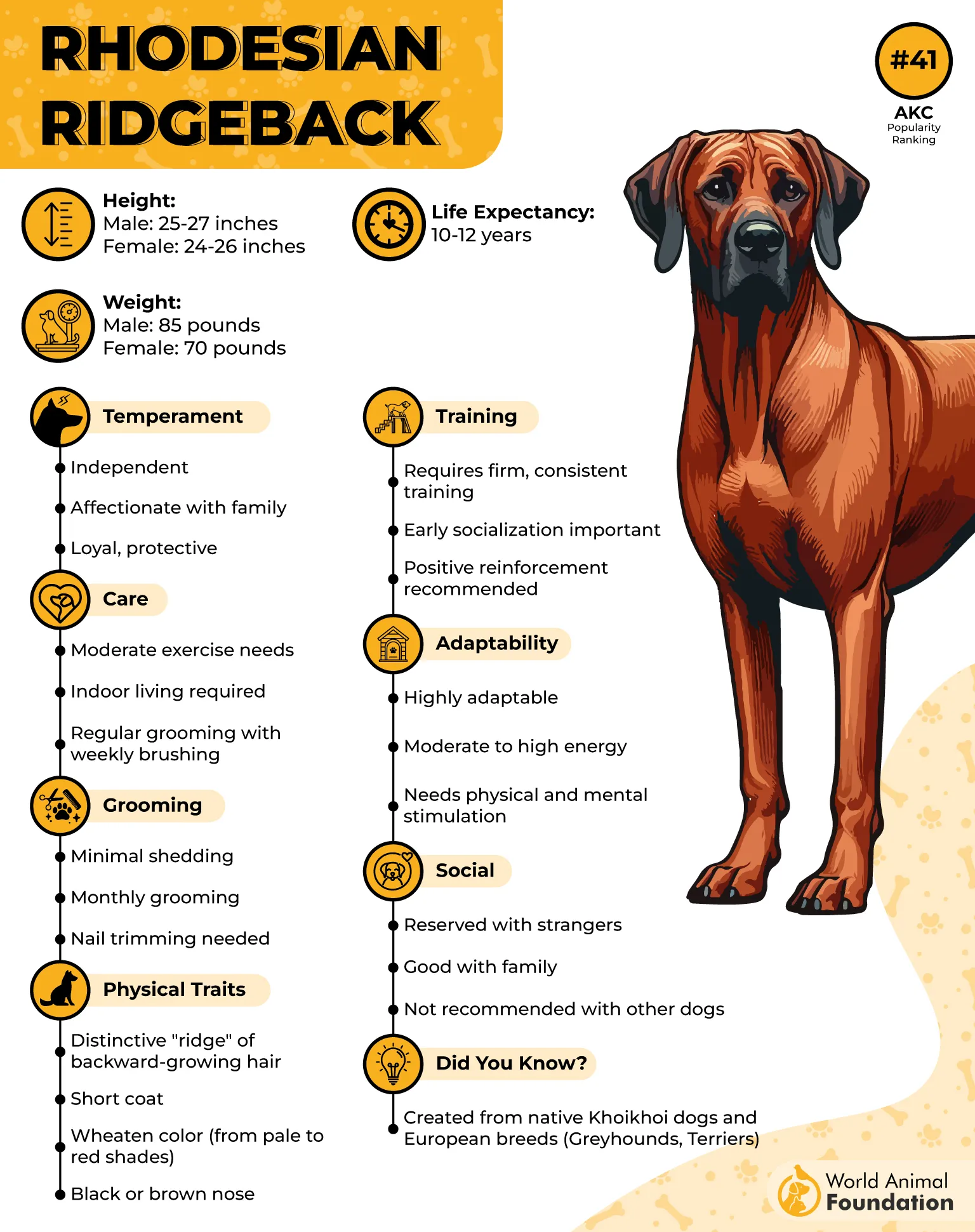
What Sets Them Apart
Originally developed to track and confront lions, giving them a deeply ingrained courage.
Extremely independent—capable of making their own decisions under pressure.
Protective of their home and pack, but not unnecessarily reactive.
Strong, athletic build allows them to move swiftly and defend forcefully.
Calm with loved ones, but ready to protect against intruders or potential dog bites to family members.
Unique Trait: Balanced Ferocity
What makes Ridgebacks exceptional is their ability to balance primal instinct with gentleness. They’re affectionate with family, especially children, but still carry that predator’s poise. That contrast between loving pet and lion hunter makes them both fascinating and formidable.
7. Bullmastiff
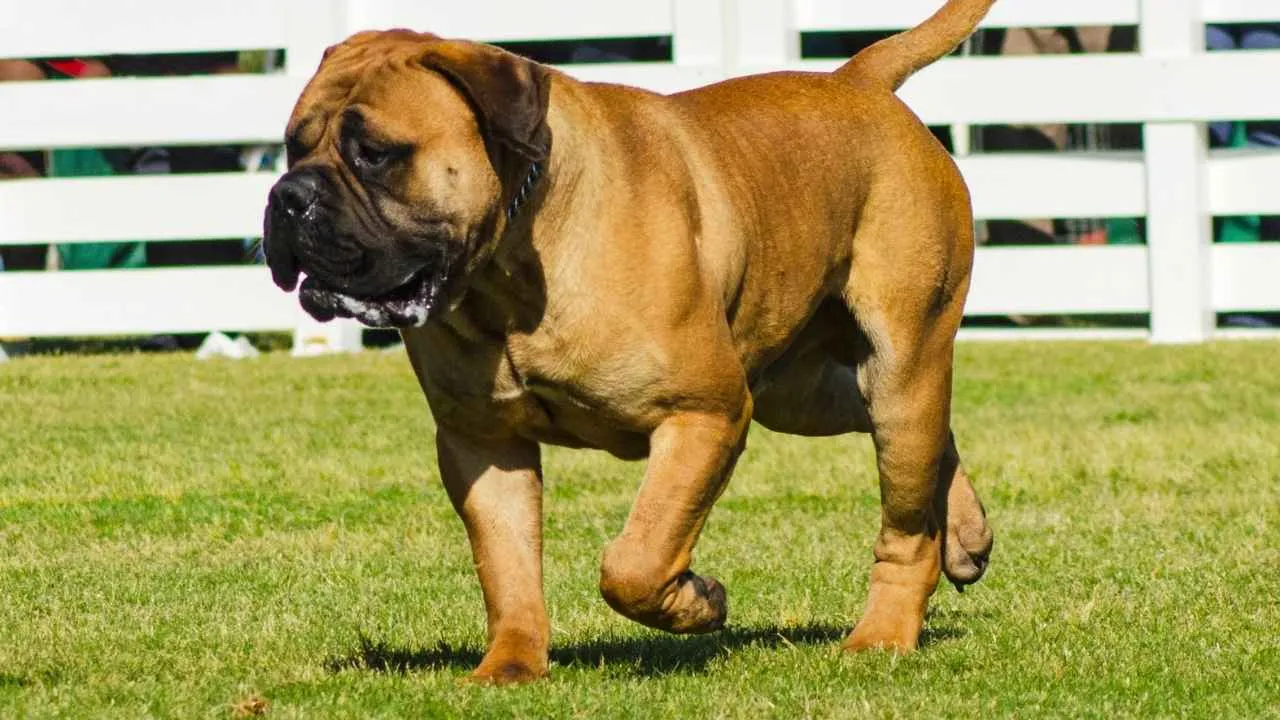
Among the large breed guardians of the canine world, the Bullmastiff stands out for its sheer presence and disciplined strength. Originally bred in England to guard estates against poachers, these dogs were designed to hold their ground—silently, swiftly, and without fail.
Unlike other breeds that may warn with barking, Bullmastiffs operate with stealth, using their size and instincts to stop intruders in their tracks. When danger arises, they respond with controlled force, not aggression, but assertive protection.
They don’t seek out conflict, but when it arrives, they’re already in a position to neutralize it.
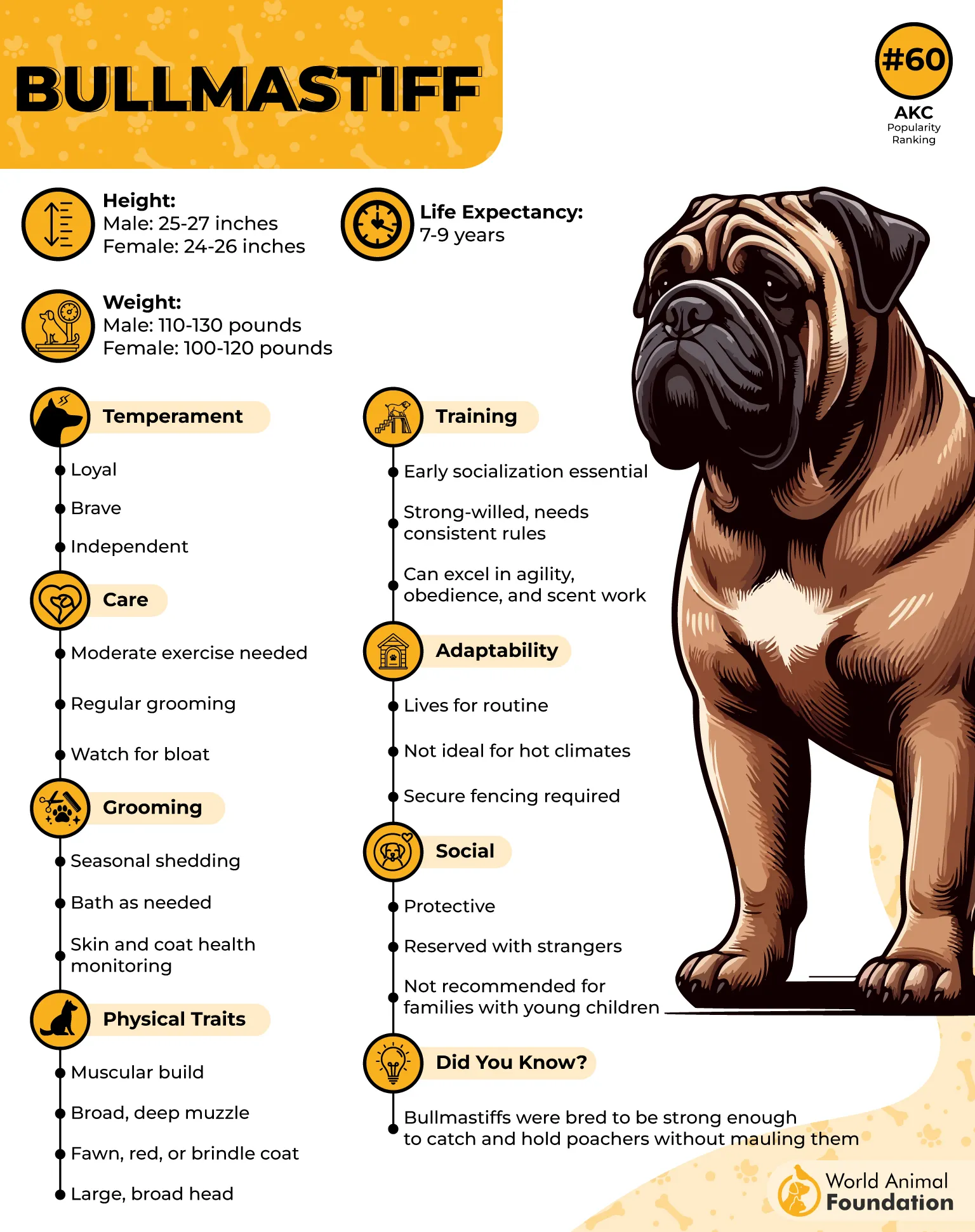
What Sets Them Apart
Bred specifically to track and immobilize intruders without injury, protective yet precise.
Massive yet composed: their intimidating size speaks volumes without the need for sound.
Naturally loyal and physically courageous, but rarely overreactive.
Ideal home defenders due to their strong territorial instinct and composed protective nature.
Calm and loving with family, but alert and dominant when guarding their space.
Unique Trait: Silent Deterrence
The Bullmastiff’s defining trait is its ability to work in silence. Unlike alarm barkers, they rely on presence, posture, and fast reaction to defend. That quiet confidence, paired with physical dominance, makes them trusted protectors and loyal family dogs when raised with structure.
Conclusion
When it comes to the most brutal dog breeds that stand their ground, strength alone isn’t what sets these dogs apart—it’s their unwavering commitment to protect. These are not just animals of instinct; they’re intelligent, emotionally driven companions who, with the right training, can balance toughness with control.
Despite their intimidating presence, many of these breeds are surprisingly family-friendly, forming deep bonds and showing incredible patience with children. But it’s important to remember that the same instincts that make them fierce defenders can also surface around smaller animals if boundaries aren’t clear. These dogs weren’t bred to back down—they were bred to take charge.
Some may carry a reputation for a bad temper, but that label often ignores the impact of poor handling, lack of socialization, or irresponsible ownership. A confident, structured environment is key to channeling their energy in positive ways. With discipline and understanding, their powerful bite becomes less a threat and more a tool of last resort—used only when it truly matters.


